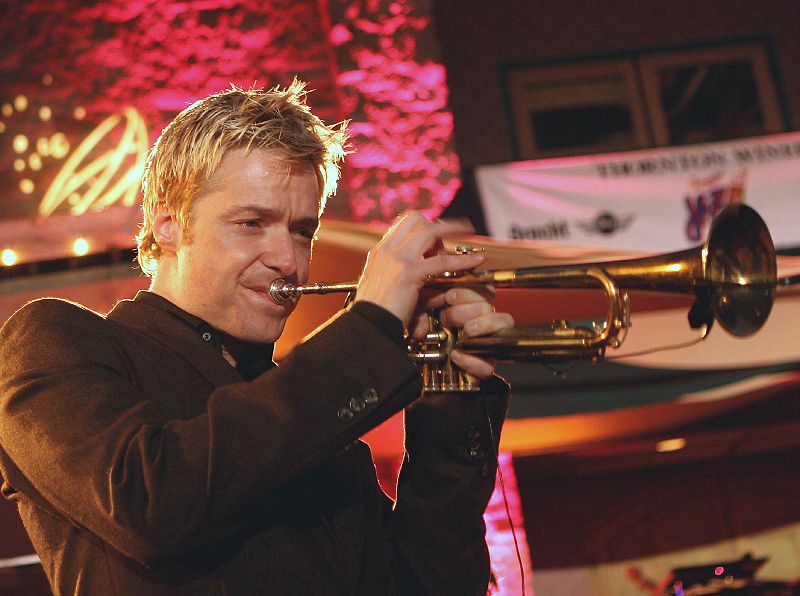
Smooth Jazz (Continued)
Undoubtedly, " Songbird " (1986) is one of Kenny G's best-known songs. However, several artists who predate Kenny G laid the groundwork for the pop-oriented sound of smooth jazz. In the 1960s, many jazz musicians issued successful recordings that contained instrumental versions of current pop tunes or Christmas carols played predictably and adhering closely to the melody and feel of the original pop recording. Examples include Wes Montgomery's A Day in the Life (1967), George Benson's The Other Side of Abbey Road (1969), and Jimmy Smith's Christmas Cookin' (1964). In the 1970s, however, several artists released albums whose enormous commercial success paved the way for the rapid rise of smooth jazz in the 1980s. Of those albums, George Benson's Breezin' (1976) and trumpeter Chuck Mangione's Feels So Good (1977) stand out. Breezin' became the number one selling album for both the jazz and pop charts in 1976. Feels So Good nearly duplicated that feat for 1977, topping the jazz album charts and reaching number two in the pop charts. Other notable smooth jazz artists include:
- Spyro Gyra (" Shaker Song," 1978)
- The Crusaders (" Soul Shadows," 1980)
- Larry Carlton (" Sleepwalk," 1982)
- Lee Ritenour (" Is It You" 1981)
- Bob James and David Sanborn (" Maputo," 1988)
- Grover Washington, Jr. (" Winelight," 1980)
- The Yellowjackets (" Goin' Home," 1973)
- Chris Botti (" The Steps of Positano," 1997)
- Dave Koz (" You Make Me Smile," 1993)
In the 1980s, smooth jazz quickly gained popularity, as reflected not only by record sales but more significantly by the prevalence of the style on FM radio. By the late 1980s, several major radio stations in the United States had switched their previous traditional jazz or classic rock formats to a new format known as Adult Contemporary, sometimes also referred to as Quiet Storm or The Wave (derived from the call letters of one of the first full-time smooth jazz stations, KTWV in Southern California).
The sound of Adult Contemporary radio centered around smooth jazz, augmented by rock and R & B artists such as Sting (" They Dance Alone (Gueca Solo) " 1987) and Sade (" Smooth Operator," 1984), who combined pop vocals with the comfortable instrumental sounds of smooth jazz. The growth of the Adult Contemporary radio format, combined with a continued decline in traditional jazz radio programming, led many listeners to identify it as the sound of jazz itself. This development provided fuel to the so-called neo-conservative jazz movement, also launched in the 1980s, that sought to restore to jazz its more "traditional" musical values of swing rhythms, harmonic complexity, and studied virtuosity. In addition, many critics understood smooth jazz as a derivative of jazz-rock and fusion, so those styles also came under increasing attack. However, whereas early jazz-rock tended to emphasize virtuosity, complexity, and the search for new avenues of musical expressions, smooth jazz tended to play it safe, emphasizing comfort and predictability rather than exploration. The lumping together of jazz-rock and smooth jazz is thus often a misleading comparison.







